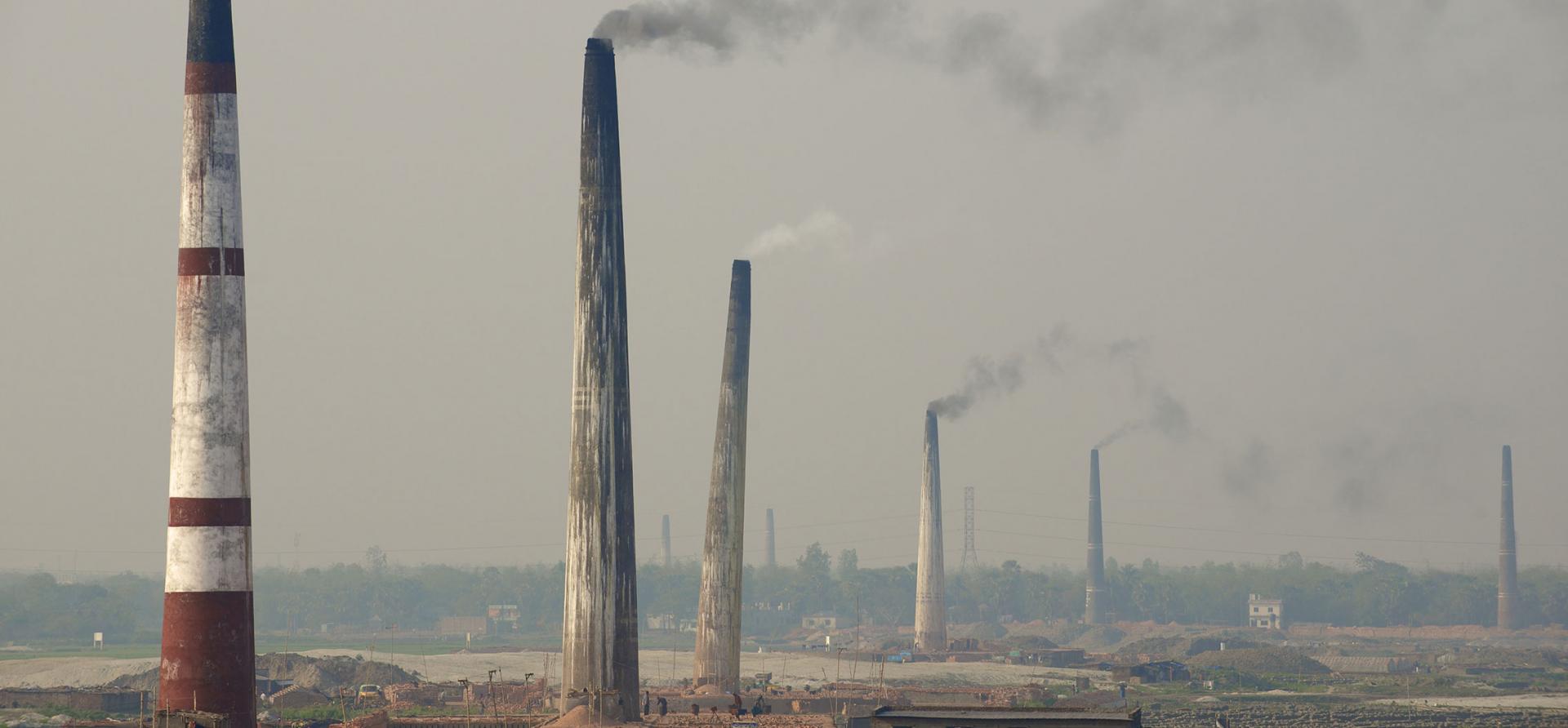Rampal coal plant inauguration won’t solve Bangladesh’s power woes

Key Findings
Bangladesh’s long-term plan to become increasingly reliant on imported coal as well as imported LNG has been exposed as a major energy security risk.
Bangladesh now needs to review planned projects through the lens of energy security and the cost of imported fossil fuels.
Future power planning must now reduce emphasis on imported fossil fuels and focus on solar and wind as much as possible.
The Prime Ministers of India and Bangladesh will shortly inaugurate the Rampal coal-fired power plant in the midst of ongoing power cuts in the latter nation.
However, the new plant – a joint venture between state-owned companies NTPC of India and the Bangladesh Power Development Board (BPDB) – will not be a viable solution to Bangladesh’s power predicament.
The new plant will not be a viable solution to Bangladesh’s power predicament
The global energy crisis following Russia’s invasion of Ukraine has led to record prices for LNG. These prices have become unaffordable for Bangladesh which has ceased spot LNG imports. The resultant lack of gas has resulted in power shortages.
However, seaborne thermal coal prices are also at record highs this year meaning the Rampal plant – which is fuelled by imported coal – will provide no respite to Bangladesh’s financially stressed power system.
Bangladesh’s long-term plan to become increasingly reliant on imported coal as well as imported LNG has been exposed as a major energy security risk.
This is not a surprise. IEEFA warned about the risks that surrounded the plan to construct the Rampal coal plant six years ago.
Amongst the risks raised by IEEFA back in 2016 was that the Rampal project (also known as the Maitree Power Plant) would lead to higher electricity rates.
Amongst the risks raised by IEEFA back in 2016 was that the Rampal project (also known as the Maitree Power Plant) would lead to higher electricity rates.
We don’t have to wait for full operation of the plant to know what its cost impact will be. The Payra coal-fired power plant – the first of a fleet of new plants to be completed in Bangladesh - was the largest single contributor to the increase in BPDB’s independent power producer (IPP) costs in FY2020-21. And this before the huge spike in coal prices in 2022.
BPDB’s IPP costs rose 58% in FY2020-21. For the first time, the cost of power purchases from IPPs represented more than 50% of the BPDB’s total operating expenses.
With Rampal and other plants fuelled by imported coal due to come online soon, BPDB’s significant operating losses can be expected to worsen going forward.
It is also no surprise that this is resulting in power tariff increases.
In May 2022, Bangladesh’s energy regulator recommended a huge 58% increase in bulk electricity tariffs – an unaffordable burden for consumers and businesses in a country seeking fast economic development.
In 2016, IEEFA also highlighted the risk that the Rampal plant won’t reach its assumed 80-85% utilisation rate.
The overall utilisation rate for Bangladesh’s power generation fleet in FY2020-21 was just 42% amid rising overcapacity. This overcapacity will worsen as more power plants fuelled by imported coal – such as Adani’s Godda project which will export power to Bangladesh – come online.
The Rampal plant will likely sit idle much of the time just as much of the rest of Bangladesh’s power fleet does. The risk of this is only heightened by high coal prices.
Of particular note given current global energy circumstances was IEEFA’s warning about increasing exposure to global coal markets.
IEEFA’s 2016 report was written at a time of low seaborne thermal coal prices but it warned that “any major unforeseen increase in global coal prices and / or the exchange rate would have a major impact.” Now the Rampal plant is set to begin operations in the midst of a major global energy crisis that is driving record thermal coal prices.
Fitch Solutions believes elevated coal prices are set to last for years. The new coal plants coming on line in Bangladesh were always going to be a major financial and economic burden for the country. That burden will now be even greater.
There is also no reason to believe that such fossil fuel price spikes won’t happen again once the current crisis is over. LNG has undergone several significant price spikes over the last couple of years and will continue to do so.
Splitting new power generation development between imported coal and LNG has proved to have little diversification benefit for Bangladesh. Instead, it has become an energy security nightmare.
In the face of declining coal finance availability, Bangladesh cancelled 10 coal power proposals in 2021. The Matarbari 2 coal power project looks like it is also at a dead end.
Bangladesh now needs to review planned projects through the lens of energy security and the cost of imported fossil fuels. The cancellation of a planned 3,600MW LNG-fired power plant in Patuakhali would be a good start.
Back in 2016 IEEFA advised that a focus on renewable energy, especially solar power, was a better path forward for Bangladesh than the Rampal project.
Since then, there has been very little progress on renewables. A target to reach 10% renewable energy generation by 2020 was missed by a long way.
Vietnam added 9,000MW of rooftop solar during 2020, contrasting with the 12-year development timeframe for the completion of the 1,320MW Rampal coal plant.
The end of the long-drawn-out and controversial development of Rampal ought to mark a turning point for power planning in Bangladesh.
With no exposure to volatile fossil fuel prices and ever-lower capital costs, renewable energy provides a superior energy security solution for Bangladesh.
Future power planning must now reduce emphasis on imported fossil fuels and focus on solar and wind as much as possible.
This analysis first appeared in The Business Standard.















